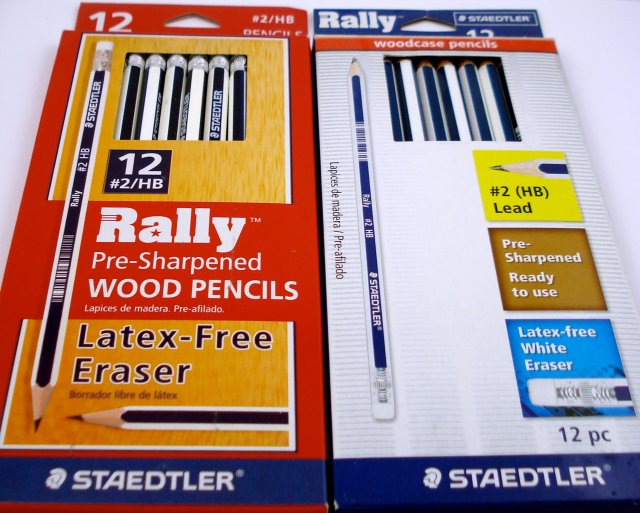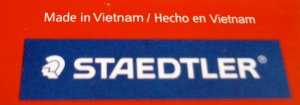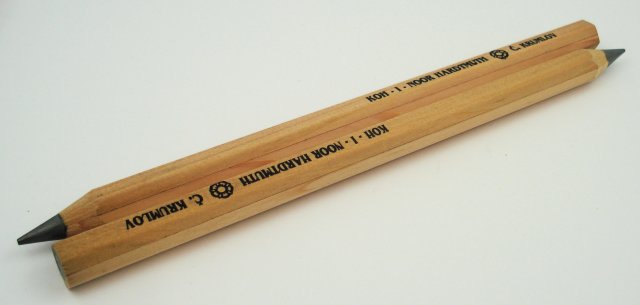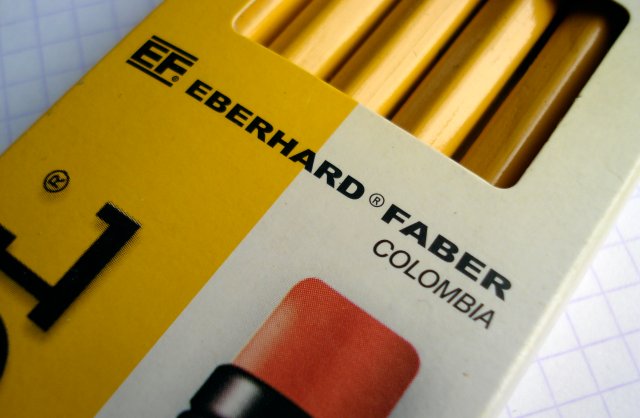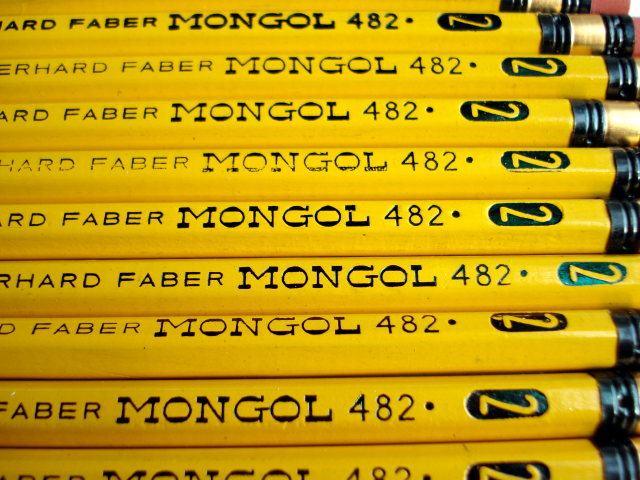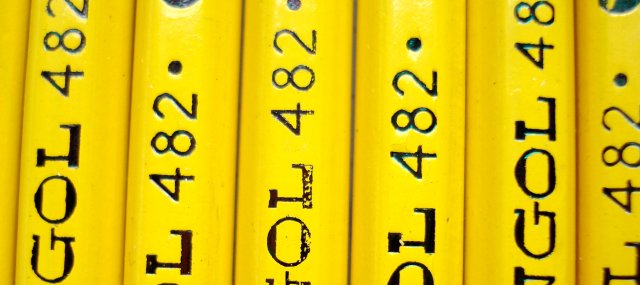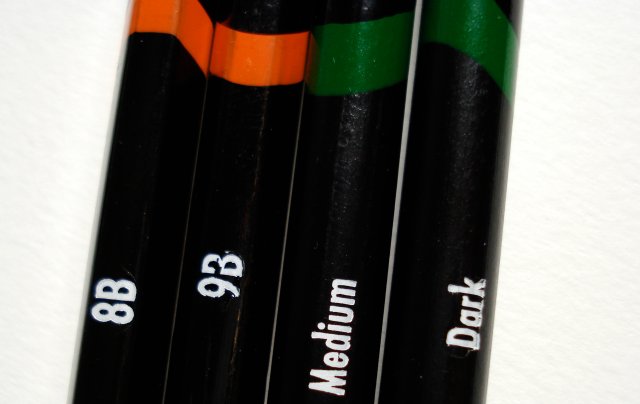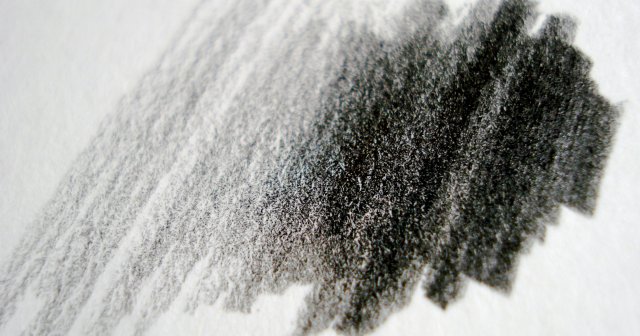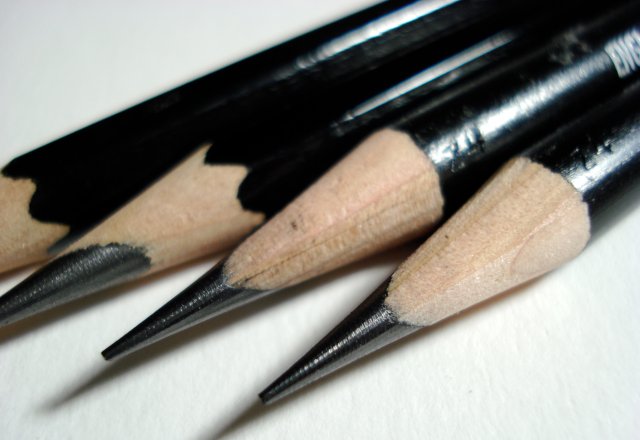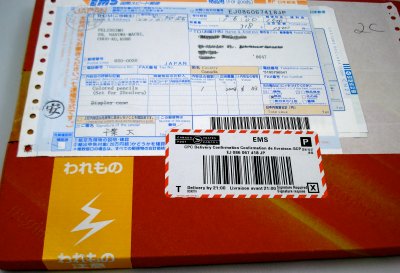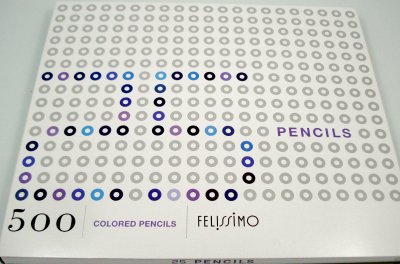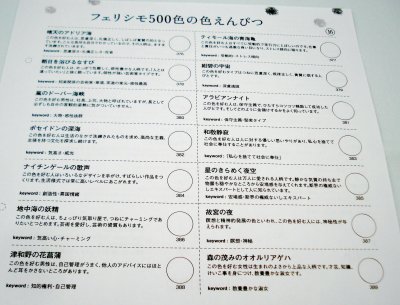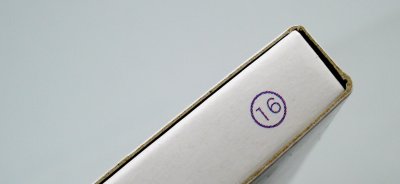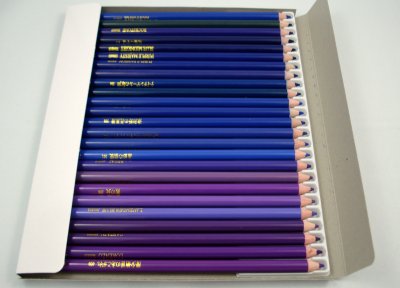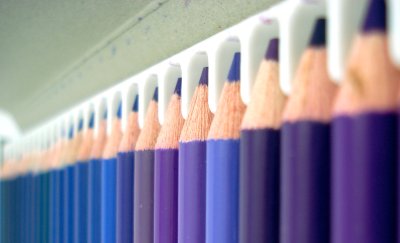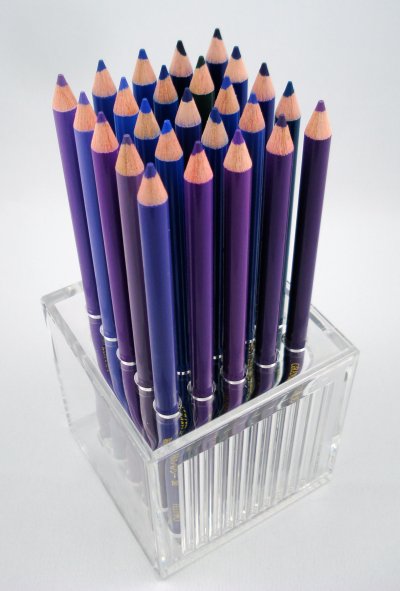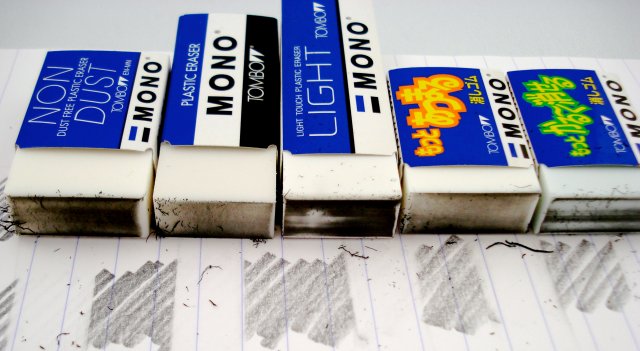
As a new pocket calculator tribute demonstrates, the Tombow Mono eraser is a design icon. It is also a mighty fine eraser. And similar to other successful products, the Mono has several brand “extensions”.
Looking just at the traditional block format erasers, here are five variants:
PE-04A, the basic Tombow Mono.
EN-MN, the “Non Dust” version.
PE-LT, the “Light” version.
EL-KA and EN-MA, which don’t have English names.
The EL-KA is distinguished by a slight blue tone – the other four erasers are bright white.
Readers of this blog are probably aware that top modern erasers are all first rate. The Pilot Foam, the Mitsubishi Boxy, and many others are great erasers. Differentiating between their performance is often a matter of discerning slight variations.
So I’ll admit to some curiosity about what might make these five PVC erasers from Tombow different from one another.
First observation: all five are excellent, and share much in common.
The name of the Non-Dust confuses me, as it seems to produce the same residue as other erasers. Perhaps there is some specific type of particle that it isn’t emitting? It is denser than the Mono, but the results seem very similar to me.
The EN-MA is spongier and lighter, but it also produced a very similar result. I like the feel.
The Light is the first one that truly feels different. It feels exceptionally smooth on paper – it does feel “light”. You also experience something the photo partially reflects – it excels at attracting and absorbing graphite. I don’t love the design of the sleeve (versus the original), but it is definitely an eraser worth trying.
Finally, the bluish EL-KA seemed to produce a different residue type – finer particles. Yet, the performance was similar to the others.
Are all these variations worthwhile? I imagine that for certain specialty pencil/paper combinations, one of these erasers might just be perfect. But for most general pencil users, I’m not so sure.
Does anyone like one or more of the Tombow Mono variants? If so, what do you like about it?
